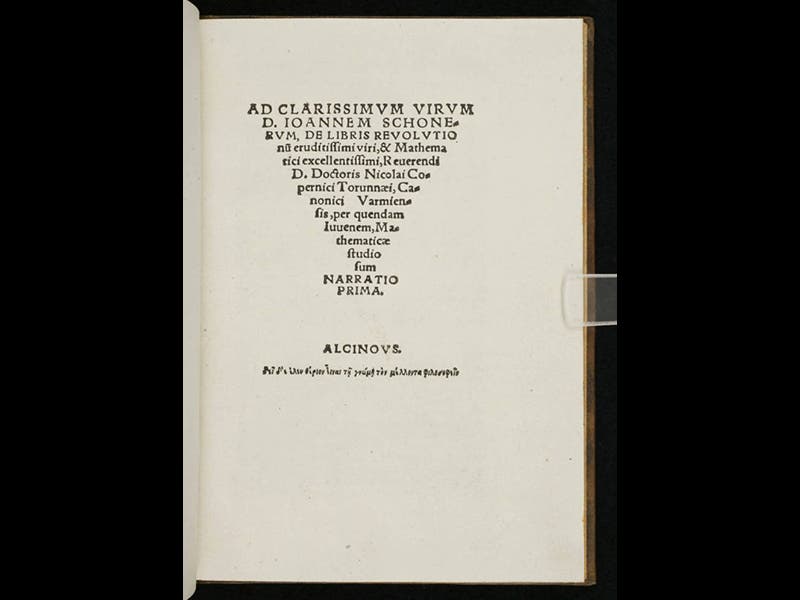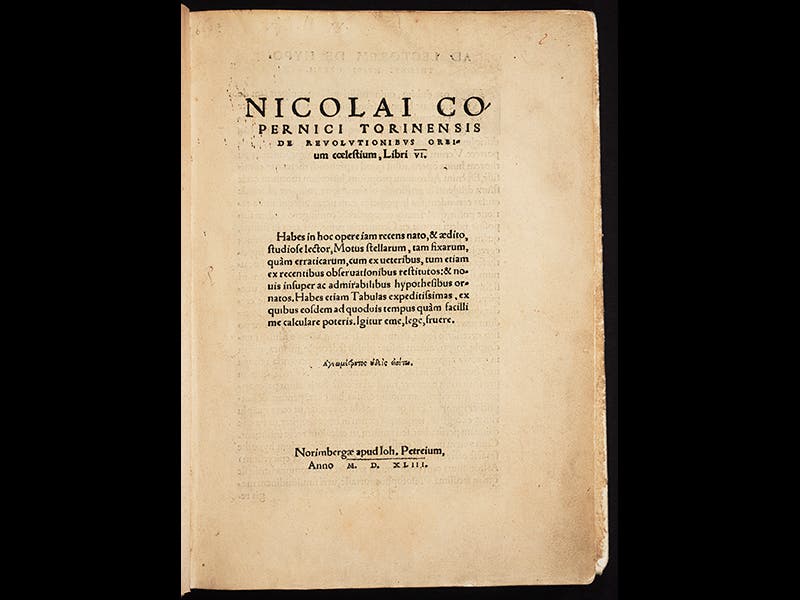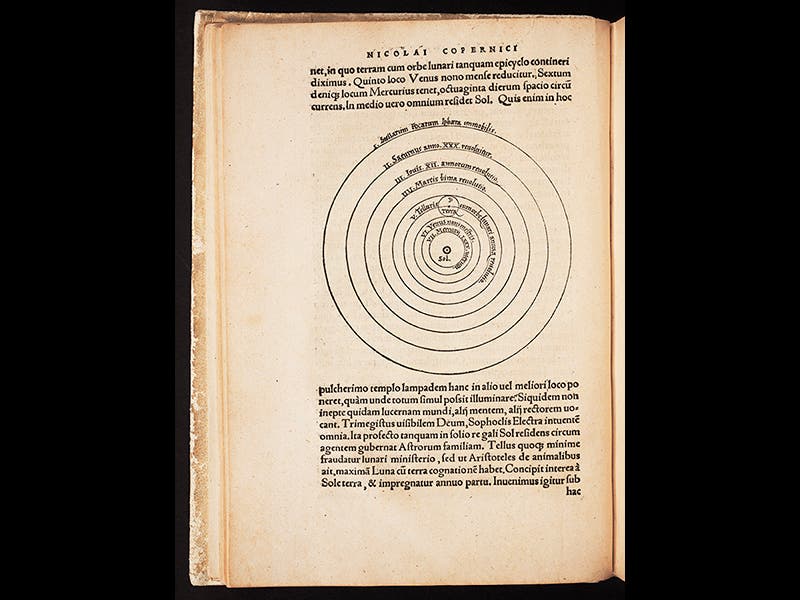Scientist of the Day - Georg Joachim Rheticus
Georg Joachim Rheticus, a Renaissance astronomer, was born Feb. 16, 1514, in Feldkirch, Austria. Rheticus was a student of astronomy at Wittenberg when, on a visit to Nuremberg in 1539, he heard of the new cosmology proposed by Nicolaus Copernicus in far-off Frombork, on the Baltic coast of Poland. Copernicus had not yet published his heliocentric theory, but 35 years earlier he had written and circulated a short manuscript outlining an astronomical system with the planets orbiting the sun, and this came to the attention of Johann Schöner of Nuremberg, who apparently persuaded Rheticus to make a journey to Frombork in 1539. Rheticus studied with the aging Polish astronomer and convinced him to publish a full-size book on his new system. Meanwhile, Rheticus tested the waters with his own Narratio Prima (First Account, 1540) of the Copernican system. This book, published three years before Copernicus’ own De revolutionibus orbium coelestium, is one of the great rarities of the history of astronomy, and we are proud to have a copy in our History of Science Collection, acquired with some pomp and circumstance in 2003. The images above show the title pages to the Narratio prima and De revolutionibus, as well as the diagram of the Copernican system that is printed in Copernicus’ book, but not in that of Rheticus.
Some years ago, Dennis Danielson, then preparing his biography of Rheticus for publication, asked us if we knew of a portrait of Rheticus. There is no known portrait, but I had always wondered about the young man on the engraved title page to Cellarius’s Harmonia macrocosmica (1661), who holds a diagram of the heliocentric system in his hands, but is clearly not Copernicus. I suggested this might be a belated portrait of Rheticus. Danielson—quite properly—rejected my suggestion as mere conjecture, but hey, it’s not impossible. You can form your own opinion; see the last image above, or click here to see the full title page.
Dr. William B. Ashworth, Jr., Consultant for the History of Science, Linda Hall Library and Associate Professor, Department of History, University of Missouri-Kansas City









![Columbine, hand-colored woodcut, [Gart der Gesundheit], printed by Peter Schoeffer, Mainz, chap. 162, 1485 (Linda Hall Library)](https://assets-us-01.kc-usercontent.com:443/9dd25524-761a-000d-d79f-86a5086d4774/3829b99e-a030-4a36-8bdd-27295454c30c/gart1.jpg?w=210&h=210&auto=format&fit=crop)
